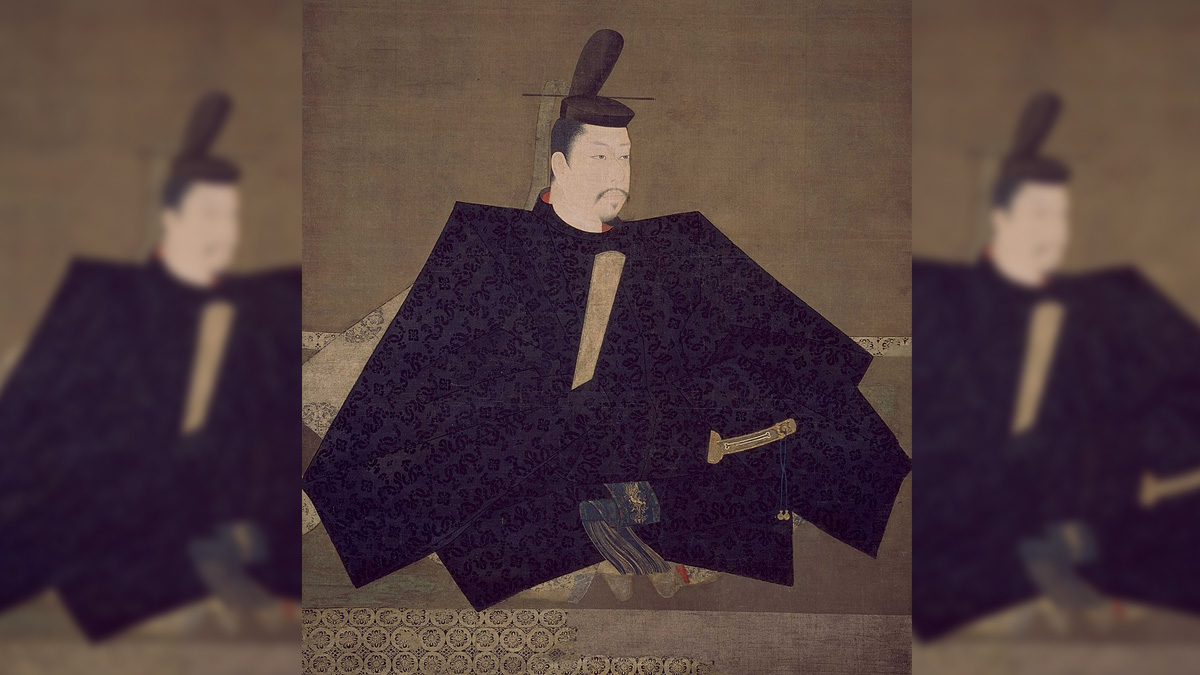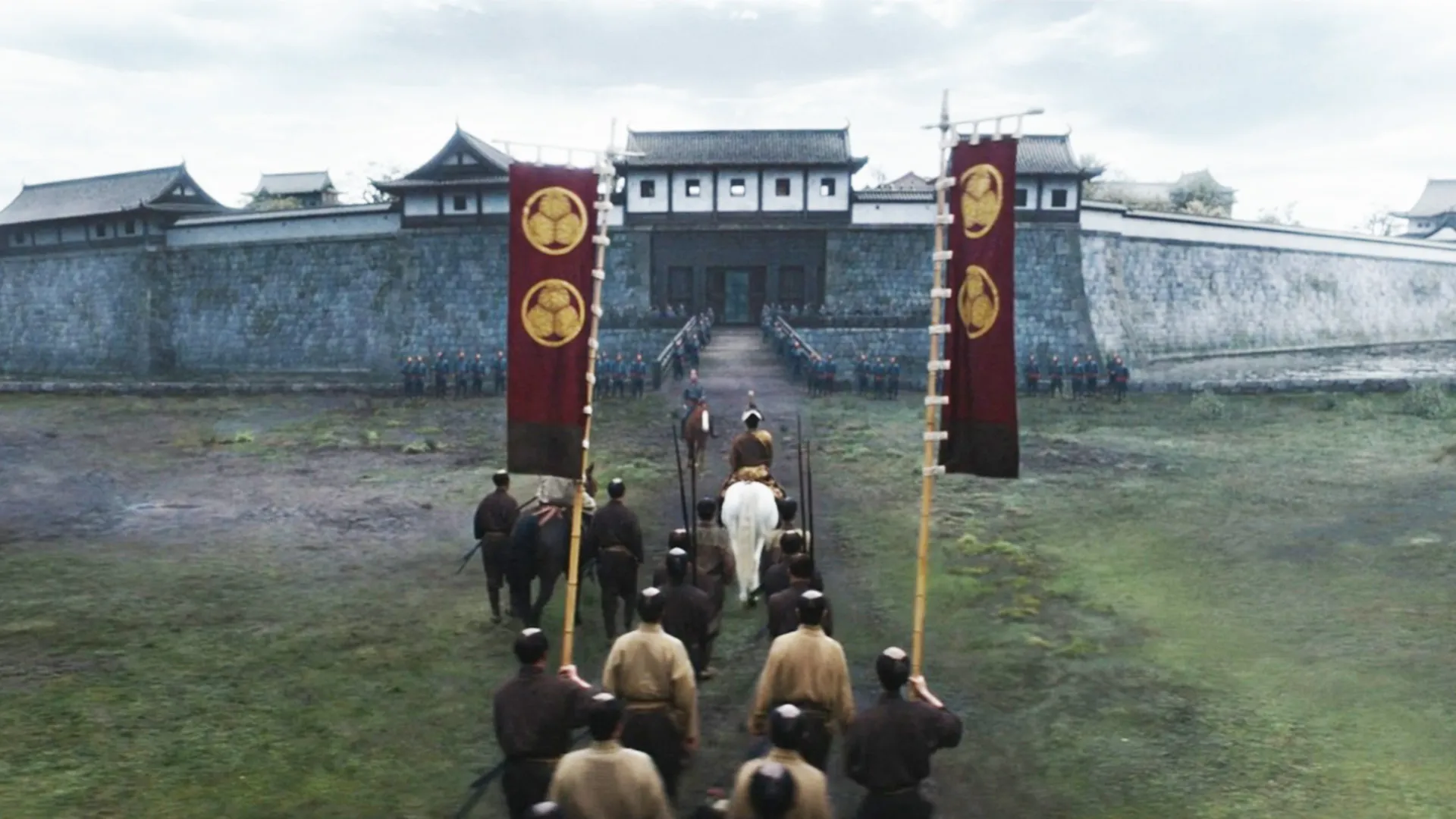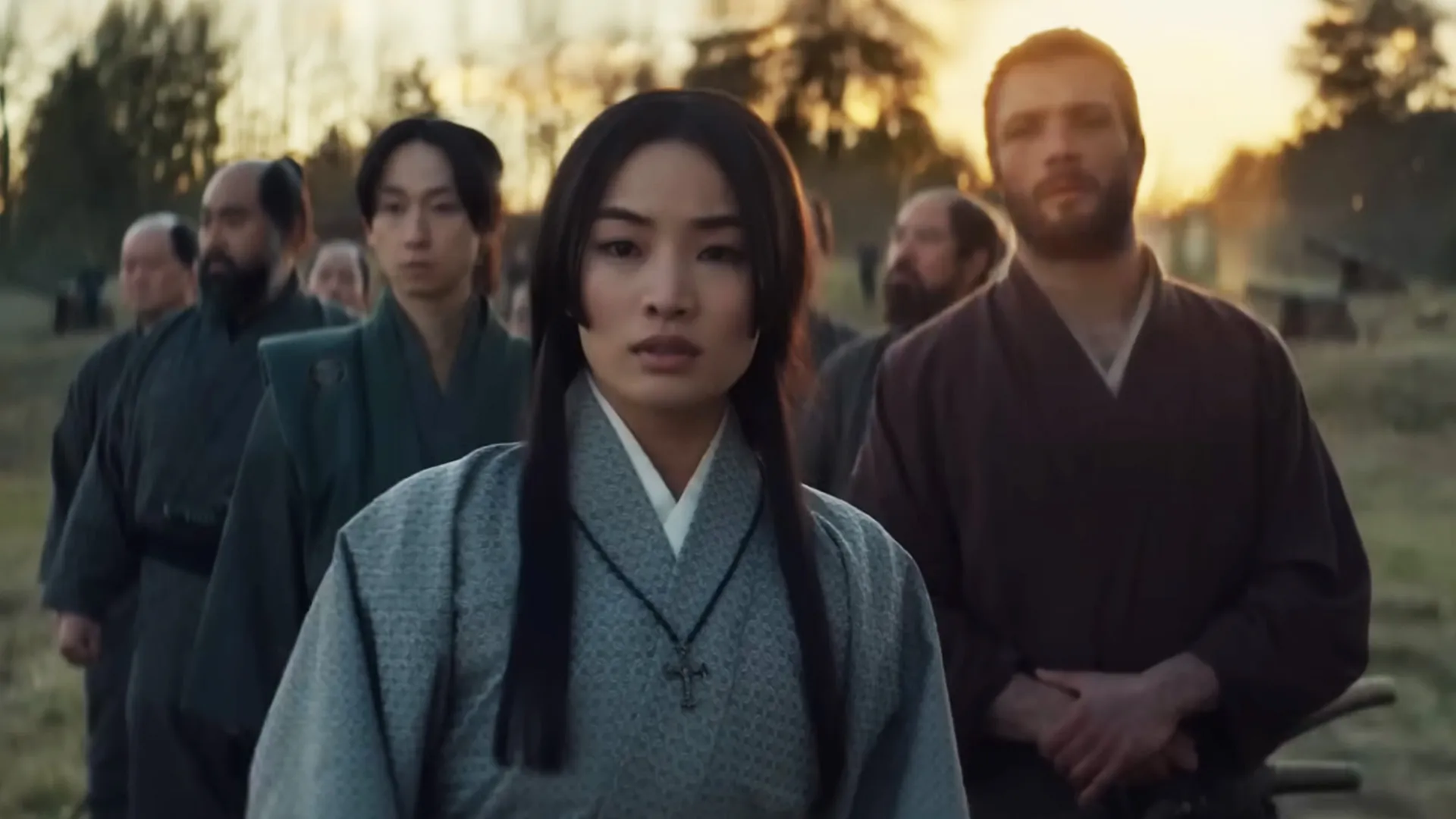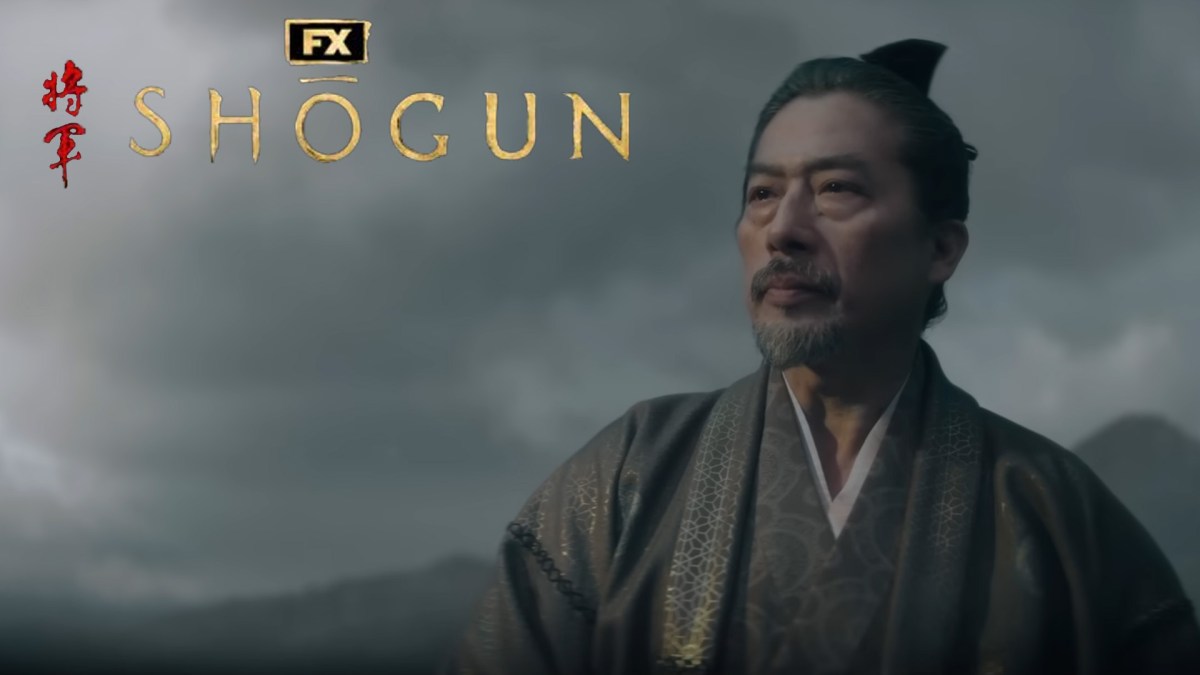FX’s Shōgun has quickly emerged as one of the best historical dramas of the last few years. With costumes that will leave you drooling and set designs to rival Game of Thrones, the series exploded onto streaming in early 2024.
It might be common knowledge that the series is based on James Clavell’s novel of the same name, but his inspiration was ripped straight from the pages of history. While key characters have been dramatized and given new names, Shōgun is closer to reality than fiction.
Is Shōgun based on real events?
Shōgun is a fictitious retelling of the very real unification of Japan at the tail end of the Sengoku Period. Also known as the “warring states period,” it was defined by near-constant bloodshed and vicious civil war. After the previous government – the Ashikaga Shōgunate – was crushed by its rivals, the great families of Japan warred to see which would rise supreme. These clans were led by daimyo, powerful landowners.
The more land a daimyo had, the larger the army they could raise, the more taxes they could collect, and the more food they had to feed their armies. The daimyo were the result of the consolidation of power several hundred years before by Minomoto no Yoritomo, the first shōgun, or military commander in chief. Over the centuries, daimyo families consolidated power with the assistance of samurai, a hereditary warrior caste who served as paid enforcers, and the daimyo gained more land, more vassals, and more power than the emperor of Japan.
In the mid-1400s, the ruling Ashikaga Shōgunate was in a precarious position marked by internal conflict. The Ōnin War in 1467 is generally picked as the start of the Sengoku Period, a major civil war that spanned a century and then some, and marked the collapse of the Japanese feudal system. The Ashikaga’s conflict spread to the other daimyo, who each picked sides. Some supported the Ashikaga, some smaller families formed alliances of their own, and the most powerful families moved to make the Shōgunate their own.

While many great families rose and fell during the fighting, only three names of individuals are attached to the unification of Japan. The first was Oda Nobunaga (referred to as Kuroda Nobushia in Shōgun). Though his domain was small, Nobunaga was a brilliant tactician. He crushed several families and appointed a new puppet emperor from the Ashikaga family as shōgun by the mid-1500s. His appointee would soon disappoint him, however, and Nobunaga took the title of shōgun for himself, officially ending the Ashikaga Shōgunate in 1573.
One of Nobunaga’s closest allies was Tokugawa Leyasu, a loyal subordinate from a powerful family, and the inspiration behind the stoic and handsome Hiroyuki Sanada’s lord Yoshii Toranaga in Shōgun. It’s said that Nobunaga and Tokugawa met when they were just children. The 6-year-old Tokugawa was a hostage of the Imagawa clan when he met the 14-year-old Nobunaga.
Despite his tactical genius, Nobunaga didn’t reign long. For reasons disputed to this day, one of his vassals led a coup against the shōgun. Rather than fall in battle, Nobunaga chose to commit seppuku – ritualistic suicide – to maintain honor. His body burned along with the temple he was attacked in, and with no body to prove Nobunaga was dead, the vassal found no support for his rebellion.
Shortly after Nobunaga’s death, another vassal daimyo, Toyotomi Hideyoshi (The Taikō in Shōgun) retaliated, crushing the betrayer’s forces. His prowess in battle assured his ascension to Taikō (essentially, a retired general), but the daimyo could never claim the title of shōgun, due to his lowly birth. Instead, over the next decade, Hideyoshi subdued the rival families, built a fortress in the city of Osaka, and established the Council of Regents.

Composed of Five Elders chosen from the most powerful and influential daimyo, the council (also called the Go-Tairō) was meant to maintain order and guide Toyotomi’s young heir, Hideyoshi (Yaechiyo in Shōgun) until he came of age. One of the most powerful members and the head of the Go-Tairō was Tokugawa Leyasu. Though he had been an ardent supporter of Oda Nobunaga, Leyashu and Hideyoshi formed an alliance, one sealed when Hideyoshi adopted Leyasu’s son. The alliance was uneasy, but the clans stayed true to one another until Hideyoshi’s death.
Hideyoshi died in 1598 just after forming the council. The following year, one of the council members died, and the fragile peace shattered. Leyasu wasted no time. He immediately rallied his army and took Osaka Castle as his own the following year. His primary opponent was fellow council member Ishida Mitsunari, a rival daimyo named Ishido Kazunari in the FX series. The two warlords clashed in the decisive Battle of Sekigahara, where Leyasu crushed his competition through strategy and by promising Mitsunari’s vassals lands and riches if they defected.
With his victory, Leyasu was the de facto leader of Japan. Three years later, the Emperor officially declared Leyasu shōgun at 60-years-old. Leyasu officially abdicated his position two years later, passing the title to his son, Hidetada. Though he was no longer shōgun, Leyasu continued to rule from the shadows until his death at 73.
Is John Blackthrorne based on a real person?

Though it follows Toranaga’s rise to power, the story is told through John Blackthorne’s eyes, and yes, even Blackthorne is based on a real man.
John Blackthorne was inspired by William Adams, the first Englishman to reach Japan. For more than a decade after arriving in the country, Adams and his second mate, Jan Joosten, were forbidden to leave. Initially imprisoned for piracy, Adams was eventually taken in by Tokugawa Leyasu. The sailor taught the Japanese Western shipbuilding techniques, became a diplomat between the Dutch and the Japanese, and was given two swords denoting the authority of a samurai. Adams was eventually permitted to leave Japan, but he chose to stay.
There is some speculation as to whether of not Adams could realistically be called a samurai. Though he was gifted dual swords, he showed no interest in the military or fighting. Rather, he focused on business and commerce, something that was anathema to the bushi, or warrior class. Likewise, samurai was a title that was inherited. As a foreigner, Adams had no claim to the title. Much like Toyotomi Hideyoshi, Adams’ birth status — in his case, as a foreigner — barred him from claiming the title.
Clavell borrowed heavily from history for his inspiration, but the author never claimed his book was anything other than historical fantasy. The events of Shōgun may be based in reality, but the actual order of event and characterizations are all fantasy. Like any good story, there is plenty of room for artistic expression.











Published: Feb 27, 2024 05:51 pm